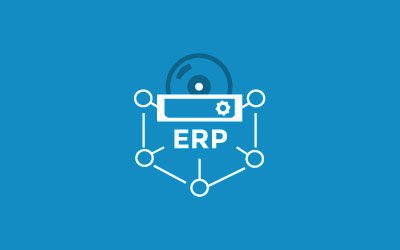Growing businesses sometimes find they are outgrowing their Enterprise Resource Planning (ERP) solutions. It can be a hard thing to notice. After all, for some companies, even just making the decision to implement ERP in the first place was a big deal. Getting it running was a project. Then, though, you start noticing issues with your ERP. It’s not quite doing the job it was originally meant to do. The system might have once been optimal for your business, but now it’s a drag on growth.
You’re Living Through a Series of Tradeoffs
ERP software, like other kinds of business applications, tends to create tradeoffs between functionality and cost. This is generally a good thing. If you’re running a smaller business, you don’t want (and literally could never afford) to implement a massive, highly complex enterprise-scale solution. Instead, you opt for a solution that comes with pre-packaged functions and offers easy setup. All is well until you start to chafe under these tradeoffs.
You Wish the Features Were Better
Feature depth is an area where tradeoffs can become pronounced. For example, a simple ERP solution might let you choose the standard currency for your business. Work in dollars or Euros—but perhaps not both. What if you open a European office and need to run that site in Euros while the rest of the business uses dollars? This could be a sign that you’re outgrowing your ERP. Similarly, your business might need to operate through multiple wholly owned subsidiaries. Not all starter-level ERP solutions enable this capability.
You Can’t Customize Enough
Using preset features is an advantage early on with ERP. Indeed, you can make yourself crazy by trying to sort through too many configuration options. Extensive customization usually means you’ll be working with an outside consultant on ERP implementation. In the starter phase, it’s worth minimizing the overwhelming choices of excessive customization. As you grow, though, you might feel the need to customize ERP. For example, the out-of-the-box purchase order module may not align with the way your growing business wants to manage its procurement. If you can’t customize that module, you’ll start to feel constrained.
It’s a Hassle to Integrate
When you first adopt ERP, you probably don’t want the burden of integrating it with other systems. Then, you’ll reach a moment where you see that your business needs integration. For instance, your evolving workflows might require integration between email and ERP, or between ERP and Customer Resource management (CRM). If your solution either doesn’t offer this kind of integration, or makes it into a big, messy project, you’ve outgrown that system.
Data Analytics Capabilities are Limited
Growing businesses tend to want more sophisticated data analytics capabilities than are available in lower-end ERP solutions. Again, it’s great to have analytics and dashboards out-of-the-box without a lot of work. These pre-packaged analytics tools have limits, however. If you’re wanting to see analysis of data that isn’t available on your ERP solution, you’ve outgrown it.
The Support Could Be Better
ERP users need vendor support from time to time. If you don’t need support, you probably aren’t using your ERP to the utmost. Poor vendor support is a sure sign that you’ve outgrown your ERP solution.
Innovative Cloud Solutions assess your ERP needs. To learn more, visit https://ics-cloudsolutions.com/acumatica-cloud-erp/
Additional ERP Resources
When You Know It’s Time to Move to the Cloud
How to Get a Full View of Your Business with the Right ERP Solution


